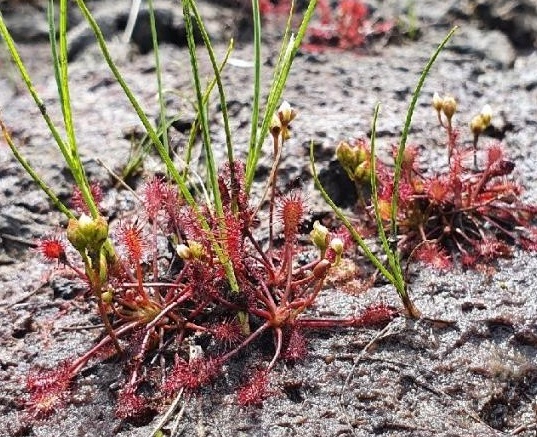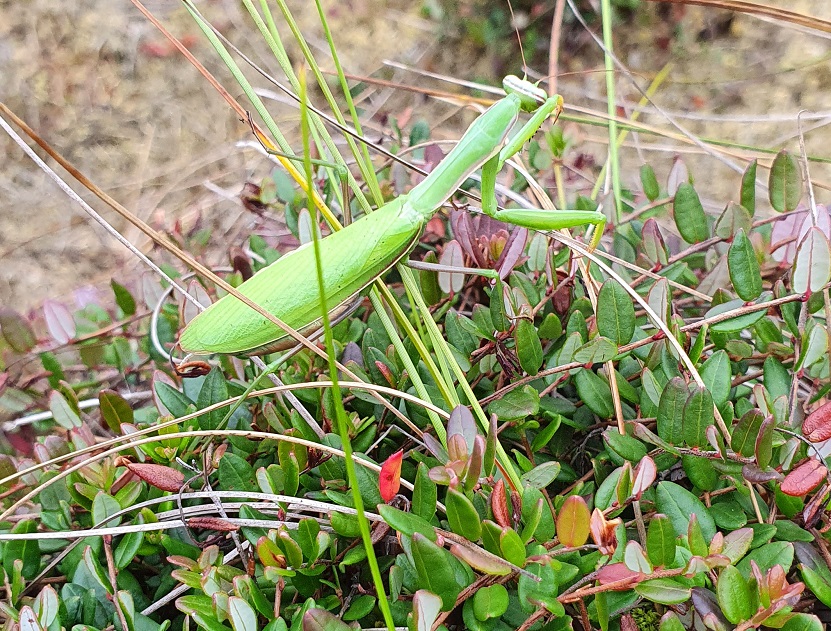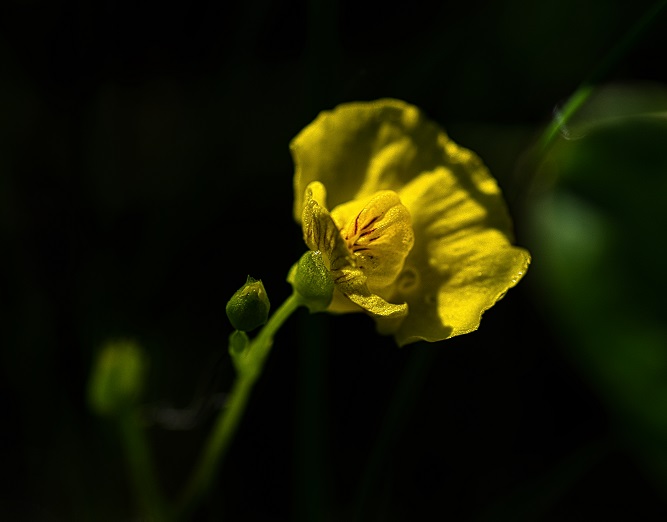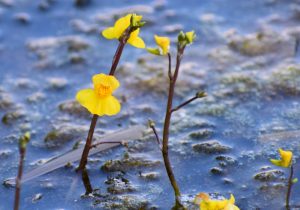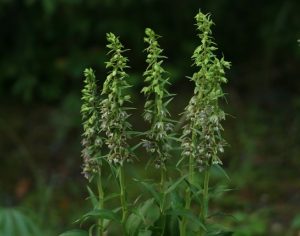.
Ieškomi įrašai Literatūra
. Across tropical regions of Asia, Africa and the Americas, an increasing number of plant species have been identified to produce leaves that exhibit a conspicuous and often brilliant iridescence. The startling shine is generally attributed to reflective granules in the epidermal cells of the leaves. The granules reflect specific light wavelengths (especially bluish light), […]
Tank Bromeliads
. Of the 2,400 species of bromeliads distributed across the world, at least 400 species are tank bromeliads. The tank bromeliads are distinguished in that they produce foliage that is arranged as a watertight leaf rosette adapted to collecting and storing rain and organic debris to provide a source of water and nutrients. In most […]
. In August 2007, I had the opportunity to visit the island of Sulawesi with a friend Greg Bourke, to study a little known pitcher plant called Nepenthes glabrata which is endemic to elevated habitats of central Sulawesi between 1,600 and 2,000 meters above sea level. Sulawesi is an island of great diversity a melting […]
An Expedition to Papua
. In December 2007, I had the opportunity to visit the province of Papua as part of a research assignment organized by Trubus to study the little known species of pitcher plants (Nepenthes) of that part of Indonesia. The island of New Guinea is the second largest island in the world. Located to the north […]
An Expedition to Madagascar
. In 2007 I traveled to Madagascar to study and photograph the carnivorous plants of that island. The first species which I intended to find was Nepenthes madagascariensis – a spectacular pitcher plant that is found only on the island of Madagascar. Nepenthes madagascariensis is in many respects, a very special species of pitcher plant, […]
. At the start of the 18th century, the Canadian physician Dr. Michel Sarrazin secured twenty-five specimens of native North American pitcher plants which he sent to the French botanist Joseph Pitton de Tournefort for classification. Tournefort studied the strange, hollow, tubular leaves of the plants which Sarrazin had sent, and he soon established that […]
